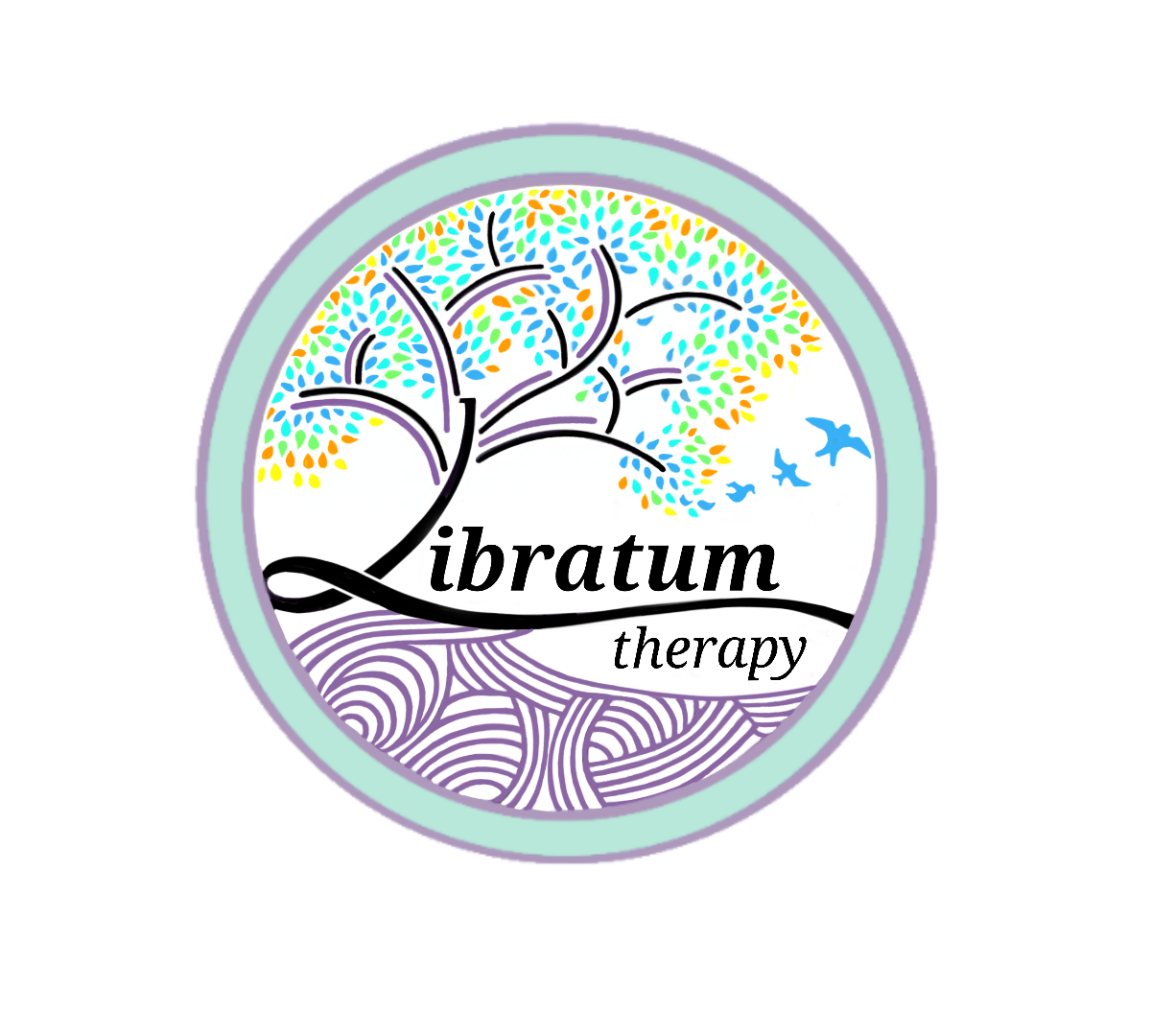Skills to live well: Compassion
Understanding how compassion is an active and dynamic skill.
The 28th of November is World Compassion Day and an opportunity to reflect on the meaning of compassion. I have come to see compassion as something active, full of movement, and formed of different energies that we shift between, some warm and gentle and some strong and assertive.
Compassion-focused therapy is a core foundation of my training and therapeutic work with clients; however, I started off mistakenly thinking that it is just about being kind to others. Many people I speak to hold similarly vague definitions and misunderstandings of compassion. Some confuse compassion with empathy and believe that being compassionate is soft, weak, and self-indulgent.
The meaning of compassion
Compassion flows in three directions. We can show compassion to others, we can receive compassion from others, and show compassion to ourselves. Paul Gilbert, the pioneer of compassion-focused therapy, explains that the meaning of compassion has two components:
Being sensitive enough to notice when we or others are going through moments or periods of suffering
Committing ourselves to do something to help and reduce and prevent others or ourselves from experiencing more suffering
Real-life examples of compassion
If I translate this definition into practice, these are some real-life examples of when I see compassion:
Someone notices that another person appears to be in a low mood with a soft gaze and gentle tone of voice, and checks in to ask what's up.
Someone notices that a random flowerpot fell over and purposely picks up the flower and replants it in the soil.
Someone notices that they feel hurt and angry by the actions of another and kindly yet assertively lets that person know, courageously setting boundaries with them.
Someone acknowledges that they lost their temper, but rather than criticising themselves, they treat themselves kindly, understand they are only human, and make amends with the other person.
Someone allows themselves to be supported in times of need and gives themselves permission to accept care and help from others.
The movements and energies of compassion
As these examples illustrate, compassion is active and has a different energy depending on the situation and need. It is sometimes soft and gentle and other times assertive and strong. In my view being compassionate means learning how to flexibly move through different positions and energies that we cycle through repeatedly. Notice the shifts in movement that can come with acting compassionately:
We may start off by being still and steady in the present moment as this allows us to be mindful and notice that we or others are experiencing some struggle or pain.
Compassion is an act of courage because we turn towards that pain rather than ignore or deny that it is there.
We gently lean into the pain to get to know its nature. We move close to it with an energy and body language that is non-judgmental, warm, and kind in our tone of voice, eye gaze, and posture.
We move with an open stance and open heart so that we can be with the struggle and pain. In this way, we can start to understand what is going on and what we or the other person need without ignoring the pain or jumping too quickly into fixing it or making it go away.
This is a balancing act between connecting to our own or others’ pain without getting lost in it or overwhelmed to a point where we cannot help.
We learn to put one foot in so we can touch the pain long enough to understand the nature of it, whilst also keeping one foot out so that we remain grounded and steady in our core.
This activates us to move towards taking wise actions to help ourselves and others, ease the pain, and prevent unnecessary suffering.
The actions we take may have gentler or stronger energies depending on what is needed (e.g. we may want someone to silently sit with us and listen. We may soothe ourselves with a gentle hug or a warm drink. We may assertively ask our self-critic to "stop." Or we may do the hard thing and end a conversation if someone is being rude to us).
Compassion is part of our nature
We all have the capacity to show and receive compassion. This is because compassion is rooted in our mammalian instinct of caring. As babies, we are born and designed to elicit and receive care from others. When we cry, this signals to others that we are under some form of threat (we are hungry, cold, overwhelmed). Caregivers are sensitive to a baby’s cries and are naturally moved to pick up and comfort the baby, therefore alleviating the baby’s distress. This is compassion.
Babies receive and respond very positively to these compassionate actions. This helps a baby feel calm and safe again and it gives them a message that their needs are heard and seen and that they matter. This is true for us as adults too because receiving compassion from others or ourselves when we are distressed can feel good and help us work through our difficulties effectively.
Learning to be compassionate with ourselves and others can therefore serve us well in our lives and work. Compassion is part of our nature, so we do not need to start from scratch. Rather, we can consciously access and cultivate it. This process is not necessarily easy, as we may have a difficult relationship with receiving or giving compassion or hold beliefs that we do not deserve compassion. This is when we may need help from people we trust or from therapists to address any barriers to compassion.
For now, we can start from where we are at. I invite you to notice how you and others are moving compassionately through life already and to continue to move in that direction, one step at a time.

